
News Directory
- 1. Introduction to Stainless Steel Bearings
- 2. Types of Stainless Steel Bearings
- 3. Key Features and Benefits
- 4. Applications of Stainless Steel Bearings
- 5. Maintenance and Care
- 6. Troubleshooting Common Issues
- 7. Choosing the Right Stainless Steel Bearing
- 8. Conclusion summarizing the benefits and proper maintenance
The Ultimate Guide to Stainless Steel Bearings: Types, Applications, and Maintenance
1. Introduction to Stainless Steel Bearings
Briefly define what stainless steel bearings are.
Stainless steel bearings are rolling-element bearings whose rings, rolling elements (balls or rollers), and often the retainers are manufactured from stainless steel alloys rather than the more common chrome steel (e.g., AISI 52100). These bearings are specifically engineered to deliver reliable mechanical performance in environments that would cause standard steel bearings to fail quickly, primarily due to corrosion.
Highlight the importance and advantages of using stainless steel bearings.
The importance of stainless steel bearings lies in their exceptional resistance to corrosive agents, making them indispensable in applications involving moisture, water, steam, weak acids, and alkaline solutions.
The primary advantages include:
- Superior Corrosion Resistance: They resist rust and pitting, significantly extending service life in wet or chemically aggressive environments.
- Hygiene and Cleanliness: The material is non-porous and easy to clean, resisting bacterial growth, which is critical for sanitary applications.
- High Temperature Performance: Certain stainless steel grades maintain their structural integrity and hardness at higher operating temperatures than standard bearing steel.
- Reduced Contamination: Their inherent corrosion resistance means less material degradation, leading to less bearing-generated contamination in the process environment.
- Low Maintenance: Due to extended life in harsh conditions, they often require less frequent replacement and maintenance.
Mention common applications across various industries.
Stainless steel bearings are crucial components in a wide range of industries where conventional bearings would quickly succumb to the operational environment.
| Industry | Common Applications | Key Environmental Factors |
|---|---|---|
| Food and Beverage | Conveyors, processing machinery, bottling equipment, washing systems | Frequent washdowns, moisture, cleaning chemicals, varying temperatures |
| Medical and Pharmaceutical | Surgical tools, laboratory equipment, mixing devices, centrifuges | Sterilization processes (autoclaving), cleanroom standards, bodily fluids |
| Marine | Boat trailers, fishing equipment, pump systems, deck machinery | Saltwater spray, high humidity, continuous exposure to water |
| Chemical Processing | Pumps, mixers, agitators, filtration systems | Exposure to acids, alkalis, and various chemical solvents |
| Textile | Dyeing and washing machinery | High moisture, chemical exposure from dyes and finishing agents |
2. Types of Stainless Steel Bearings
This section details the most common types of rolling-element bearings manufactured from stainless steel, outlining their design, function, and typical applications.
Deep Groove Ball Bearings:
-
Explain the design and function: Deep groove ball bearings are the most widely used type. They feature a simple, robust design with deep, uninterrupted raceway grooves that closely conform to the balls. This design allows them to handle moderate radial loads and light axial loads in both directions, making them versatile for high-speed operation. They are available in open, shielded (ZZ), or sealed (2RS) configurations.
-
Highlight common uses: General machinery, electric motors, power tools, home appliances, pumps, and conveyors.
Self-Aligning Ball Bearings
- Applications of self-aligning bearings: These bearings have two rows of balls and a common, concave spherical raceway in the outer ring. This feature allows the inner ring and ball set to tilt, compensating for angular misalignment between the shaft and the housing caused by mounting errors or shaft deflection. They are best suited for light to moderate radial loads and light axial loads.
- Common Uses: Agricultural machinery, fans and blowers, paper and printing machinery, and applications where shaft alignment is difficult or imperfect.
Angular Contact Ball Bearings:
- Explain the design and function: Angular contact ball bearings are designed so that the lines of action of the resultant load make a contact angle with the bearing axis. This design makes them particularly effective at supporting combined radial and significant axial loads (thrust loads) in one direction. They are often mounted in pairs (back-to-back or face-to-face) to handle axial loads in both directions.
- Discuss applications where axial loads are significant: Pumps, compressors, gearboxes, machine tool spindles, and applications requiring high running accuracy and rigidity.
Thrust Ball Bearings
- Applications of thrust ball bearings: These bearings are designed to handle pure axial (thrust) loads and must not be subjected to radial loads. They consist of two washers (raceways) and a cage assembly containing the balls. They are ideal for low-speed applications where the load is acting parallel to the axis of rotation.
- Common Uses: Rotary tables, cranes (hook applications), steering gear mechanisms, and vertical shaft applications.
Tapered Roller Bearings:
- Explain the design and function: Tapered roller bearings feature conical rolling elements and raceways. The design geometry allows the bearing to support very high radial and significant axial loads simultaneously. The rollers are guided by a flange on the inner ring. They are typically used in pairs and require careful adjustment during mounting to achieve the correct running clearance.
- Discuss their suitability for heavy loads: They are the preferred choice for heavy-duty applications due to their high load-carrying capacity, especially under impact loading.
- Common Uses: Vehicle wheels, gear drives, rolling mills, and mining machinery.
Cylindrical Roller Bearings:
- Explain the design and function: These bearings have rolling elements that are cylindrical in shape. The contact between the rollers and the raceways is a line, which gives them a very high radial load-carrying capacity. Most designs can accommodate only radial loads, and due to the line contact, they exhibit lower friction than ball bearings.
- Highlight their use in high-speed applications: Their low friction and precise geometry make them suitable for high rotational speeds. Designs without guiding flanges can also accommodate significant axial displacement (thermal expansion).
- Common Uses: Gearboxes, railway axle boxes, main shafts of large machines, and rolling mill equipment.
Needle Roller Bearings
- Applications of Needle Roller Bearings: These are roller bearings with rollers that are exceptionally thin relative to their length (needle rollers). This allows the bearing to have a very high load capacity within an extremely compact radial space. They are commonly used when radial space is limited but high load support is required.
- Common Uses: Automotive transmissions, universal joints, engine rocker arms, and gear pumps.
Comparison Table Summarizing the Types and Their Key Features
| Bearing Type | Primary Load Capacity | Axial Load Capacity | Misalignment Compensation | Relative Speed Capability |
|---|---|---|---|---|
| Deep Groove Ball | Radial | Light (Both directions) | None | High |
| Self-Aligning Ball | Radial | Light (Both directions) | High | Moderate to High |
| Angular Contact Ball | Radial | Significant (One direction) | None | High |
| Thrust Ball | Axial | None (Pure thrust) | None | Low |
| Tapered Roller | High Radial | High (One direction) | None | Moderate |
| Cylindrical Roller | Very High Radial | None to Light | None | High |
| Needle Roller | Very High Radial (Compact) | None | None | Moderate |
3. Key Features and Benefits
This section explores the crucial characteristics that differentiate stainless steel bearings from standard chrome steel components, highlighting the advantages they offer in challenging operational environments.
Corrosion Resistance:
- Detail the grade of stainless steel used and their resistance to different corrosive agents:
- The most common grade for stainless steel bearings is AISI 440C (or 1.4125 in the European standard). This is a martensitic stainless steel with high carbon content, allowing it to be hardened to provide good load capacity and wear resistance, while still offering significantly better corrosion resistance than AISI 52100 chrome steel. It performs well against fresh water, steam, mild chemicals, and various cleaning agents.
- For applications demanding superior corrosion resistance, particularly against stronger chlorides (like saltwater or certain strong industrial cleaning solutions), AISI 316 (austenitic stainless steel) is often used for rings and balls, although it cannot achieve the same high hardness or load rating as 440C. AISI 304 stainless steel is often used for retainers and shields due to its excellent general corrosion resistance and formability.
Temperature Resistance:
- Discuss the temperature range within which stainless steel bearings can effectively operate:
- Stainless steel bearings generally tolerate a wider range of temperatures than standard bearings.
- AISI 440C bearings can typically operate continuously in the range of -30 to 250. At temperatures exceeding 150, special high-temperature lubrication (e.g., polyurea greases or specialized synthetic oils) is required.
- The limiting factor for the maximum temperature is often the cage/retainer material (e.g., nylon/polyamide cages are limited to around 120 and the lubricant itself, rather than the steel rings.
Load Capacity:
- Explain static and dynamic load capacity:
- Static Load Capacity: The maximum load a bearing can withstand without rotation before permanent deformation (indentations) of the rolling elements or raceways occurs. Due to the lower hardness achievable in standard 440C stainless steel compared to 52100 chrome steel, stainless steel bearings often have a slightly lower static load capacity.
- Dynamic Load Capacity: The constant load that a group of identical bearings can theoretically endure for a specified basic rating life (e.g., one million revolutions). The dynamic load capacity of stainless steel bearings is also slightly lower than standard steel, but it is typically more than adequate for the less severe load conditions often encountered in corrosive environments (e.g., food processing machinery).
Speed Capabilities:
- Highlight speed limits and lubrication considerations:
- The achievable speed of a stainless steel bearing is typically expressed as a limiting speed or a speed factor.
- Stainless steel bearings can generally operate at high speeds, though often slightly lower than their chrome steel counterparts, primarily due to the lubrication system.
- Lubrication is the key factor: For high-speed operation, proper lubrication (oil or low-viscosity grease) is crucial to manage heat generation. Stainless steel bearings intended for corrosive environments often use seals and special food-grade or chemical-resistant greases that may slightly limit maximum operating speed compared to open bearings with oil-mist lubrication.
Cleanliness and Hygiene:
- Discuss applications where cleanliness is crucial (e.g., food processing, medical):
- Stainless steel is the material of choice for applications requiring high levels of hygiene and is often mandated by regulations (e.g., FDA/USDA).
- Its smooth, non-pitting surface resists bacterial adhesion and growth.
- The corrosion resistance ensures that frequent, aggressive washdowns (Clean-In-Place or CIP) using detergents and sanitizers can be performed without causing rust or deterioration of the bearing components, preventing potential product contamination.
4. Applications of Stainless Steel Bearings
Stainless steel bearings are critical components across various industries due to their ability to withstand harsh operating conditions that would cause rapid failure in standard bearings.
Food and Beverage Industry:
- Explain why stainless steel bearings are preferred in this industry: The food and beverage sector requires the highest standards of hygiene and demands equipment that can endure frequent and intense cleaning protocols. Stainless steel bearings, particularly those made from AISI 440C or AISI 316, are preferred because:
- Corrosion Resistance: They withstand aggressive Clean-In-Place (CIP) processes involving hot water, steam, and acidic or alkaline detergents.
- Hygiene: They do not rust or flake, preventing metallic contamination of food products. They are often filled with NSF H1-certified food-grade lubricants.
- Common Equipment: Conveyor systems, mixers, cutters, filling and bottling machines, and washing equipment.
Medical and Pharmaceutical:
- Discuss the use of stainless steel bearings in medical equipment: In medical and pharmaceutical environments, sterility and reliability are paramount. Stainless steel bearings are used because they:
- Resist Sterilization: They can endure autoclaving (high heat and pressurized steam sterilization) and chemical disinfectants without degradation or compromising the internal structure.
- Maintain Precision: They provide the high precision and smooth operation required for sensitive devices.
- Resist Chemicals: They resist chemical reactions with various laboratory and pharmaceutical agents.
- Common Equipment: Dental drills, surgical tools, centrifuges, imaging equipment (e.g., MRI/CT scanners), and pill pressing machines.
Marine Applications:
- Highlight the corrosion resistance benefits in marine environments: Exposure to saltwater and the highly humid, often tropical, air in marine settings is intensely corrosive. The use of AISI 316 stainless steel (due to its high resistance to chlorides) is often favored for marine applications to prevent pitting corrosion and rust formation.
- Common Equipment: Boat winches, rudder systems, fishing reels, dock machinery, and saltwater pumps.
Chemical Processing:
- Discuss resistance to chemicals and solvents: Chemical processing involves frequent exposure to corrosive media such as acids, alkalis, and industrial solvents. Stainless steel bearings are selected based on the specific chemical resistance profile needed. For example, some grades may offer better resistance to sulfuric acid while others are better for caustic solutions. They ensure reliability and reduce downtime in pumping, mixing, and filtration applications.
- Common Equipment: Chemical pumps, agitators, industrial mixers, and filtration units.
Aerospace:
- Applications in aerospace: While aerospace often uses specialized alloys, stainless steel is utilized in applications where a balance of corrosion resistance, high-temperature stability, and good strength is required. This is typically in secondary systems or environments where standard chrome steel is insufficient.
- Common Equipment: Control mechanisms exposed to elements, high-temperature zones (where lubrication is difficult), and certain landing gear components exposed to moisture and road salts.
5. Maintenance and Care
Proper maintenance is vital for maximizing the longevity and performance of stainless steel bearings, especially given the harsh environments in which they typically operate.
Lubrication:
- Recommend appropriate lubricants for stainless steel bearings: The choice of lubricant is often dictated more by the application environment than the stainless steel material itself.
- Food Grade Greases (NSF H1): Mandatory for food and beverage applications. These are typically synthetic or mineral oil-based greases with PTFE or other specialized thickeners.
- High-Temperature Greases: For high-heat applications, synthetic greases (like polyurea or synthetic hydrocarbon) with high drop points are essential.
- Chemical/Water Resistant Greases: Calcium sulfonate or specific synthetic greases are recommended for environments with high moisture or exposure to aggressive chemicals, as they provide superior sealing and wash-out resistance.
- Oil Lubrication: Used for very high speeds or high-temperature applications, often via oil bath or oil mist systems.
- Discuss lubrication frequency and methods:
- Frequency: Determined by the operating speed, temperature, load, and environment. Bearings in wet or heavily contaminated environments (like washdown areas) require more frequent relubrication than those in dry, clean conditions. Follow the lubricant manufacturer’s and bearing supplier’s guidelines.
- Methods: Grease can be applied using a grease gun through a fitting or by manual packing for open bearings. Avoid over-greasing, as this can lead to excessive heat and premature failure.
Cleaning:
- Explain proper cleaning procedures to avoid damage: Stainless steel bearings often operate in environments that necessitate frequent cleaning.
- In-Place Cleaning: For sealed bearings, simply cleaning the exterior and avoiding direct, high-pressure spray onto seals is sufficient.
- Deep Cleaning (for open or disassembled bearings): Use non-chlorinated, non-acidic solvents or commercial bearing cleaning fluids.
- Avoid: Harsh steel brushes or abrasive materials that could scratch the raceway surfaces, leading to wear acceleration. Ensure all cleaning solvent residue is fully removed and the bearing is immediately lubricated after drying to prevent flash corrosion.
Inspection:
- Provide guidelines on inspecting bearings for wear and damage: Regular inspection allows for early detection of issues, preventing catastrophic failure.
- Visual Check: Look for signs of discoloration (indicating overheating), rust/pitting on unsealed surfaces, cracks in the rings, and damage to seals or shields.
- Noise and Vibration Analysis: Use vibration monitoring equipment to detect subtle changes in vibration signatures, which often signal lubrication issues, contamination, or early stage wear (spalling/pitting) before they become audible.
- Temperature Monitoring: Regularly check the operating temperature. An unexpected increase usually points to lubrication failure or excessive pre-load.
Storage:
- Recommend proper storage to prevent corrosion: New and replacement bearings should be stored under controlled conditions to maintain their integrity.
- Packaging: Keep bearings in their original, unopened, moisture-proof packaging. The preservative oil applied by the manufacturer is the best protection.
- Environment: Store in a cool, dry, and vibration-free area. High humidity and extreme temperature fluctuations must be avoided to prevent condensation and subsequent corrosion.
- Orientation: Store large bearings flat to avoid deformation under their own weight.
6. Troubleshooting Common Issues
Even with proper selection and maintenance, stainless steel bearings can encounter operational issues. Understanding the causes and solutions is essential for maximizing uptime and component life.
Noise and Vibration:
- Discuss potential causes and solutions:
Potential Cause Description Solution Lack of Lubrication Dry running causes metal-on-metal contact and grinding noises. Replenish or replace the lubricant immediately, checking for seal integrity. Contamination Dirt, debris, or water inside the bearing causes rough running and high-frequency noise. Clean the bearing (if accessible and open), use better sealing solutions, and filter the lubricant. Improper Mounting Inner ring too loose (creeping) or outer ring too tight (excessive pre-load) causes uneven wear and vibration. Verify shaft and housing tolerances; re-mount using correct tools and methods. Raceway Damage Pitting or spalling (flaking) on the raceways. Replace the bearing. Improve filtration and reduce excessive load/vibration.
Premature Wear:
- Discuss potential causes and solutions: Premature wear shortens the lifespan significantly and often leads to sudden failure.
- Inadequate Lubrication: The most common cause. Solution: Adjust lubrication frequency, use a lubricant appropriate for the speed and temperature, and ensure relubrication points are accessible.
- Excessive Load: Applying a load beyond the bearing’s dynamic capacity. Solution: Select a bearing type with a higher load rating (e.g., switch from deep groove ball to cylindrical roller) or increase the bearing size.
- Contamination/Abrasives: Hard particles act like grinding paste, wearing down the rolling elements and raceways. Solution: Upgrade seals or shields, improve housekeeping in the operating area, and check the cleanliness of the lubricant being used.
- Misalignment: Causes uneven load distribution and concentrated stress. Solution: Use self-aligning ball bearings or ensure precise shaft and housing alignment during installation.
Corrosion:
- Discuss potential causes and solutions: While stainless steel is corrosion-resistant, it is not impervious, especially to harsh agents like concentrated chlorides.
- Specific Chemical Attack: The stainless steel grade selected is not resistant to a specific acid or chloride in the operating environment (e.g., 440C failing in high-salinity water). Solution: Upgrade the material to a more resistant grade, such as AISI 316 or specialized high-nitrogen stainless alloys, if chemically feasible.
- Stagnant Moisture: Water or corrosive fluid remaining pooled around the bearing for extended periods. Solution: Improve drainage around the bearing location and ensure bearing surfaces are protected by a high-quality, water-resistant grease with rust inhibitors.
- Improper Cleaning: Using cleaning agents containing chlorine or abrasive cleaning tools that damage the passive layer of the stainless steel. Solution: Use appropriate, chloride-free cleaning agents and non-abrasive methods, ensuring immediate relubrication after washdowns.
7. Choosing the Right Stainless Steel Bearing
Selecting the correct stainless steel bearing involves a careful assessment of the operating conditions to ensure the bearing performs reliably and achieves its intended lifespan.
Factors to Consider:
- Load Requirements:
- Determine the magnitude and direction of the load (radial, axial, or combined).
- For heavy radial loads, consider cylindrical roller bearings. For high combined loads, tapered roller bearings or angular contact ball bearings are appropriate. For light loads and high speeds, deep groove ball bearings are generally sufficient.
- Consider both the static load capacity and the dynamic load capacity in relation to the operational and peak loads.
- Speed Requirements:
- High rotational speeds require bearings that generate low friction, typically deep groove or angular contact ball bearings.
- The speed rating is also heavily dependent on the type of lubrication (oil allows higher speeds than grease) and the cage material.
- Environmental Conditions:
- Corrosion: This is the primary driver for stainless steel. Determine the severity of the corrosive agent (water, saltwater, acid, alkali). AISI 440C is standard; AISI 316 offers superior chloride resistance for marine or strong chemical exposure.
- Temperature: Ensure the selected bearing material (rings, cage, seals) and the lubricant can withstand the minimum and maximum operating temperatures.
- Contamination: If the environment is dirty, choose bearings with effective seals (2RS) or shields (ZZ).
- Precision Requirements:
- Applications like machine tool spindles or high-speed medical devices require bearings with higher precision classes (e.g., ABEC-5 or ABEC-7) to minimize runout and vibration.
How to Read Bearing Numbers/Codes:
Bearing codes are standardized systems used globally to convey essential information about the bearing’s design, dimensions, and features. The structure typically follows a pattern: Basic Designation + Supplementary Suffixes.
| Code Segment | Example: S 6205 2RS/C3 | Meaning |
|---|---|---|
| Prefix (S) | S | Indicates the material is Stainless Steel (e.g., 440C). |
| Bearing Type (6) | 6 | Identifies the bearing series type (Deep Groove Ball Bearing). |
| Dimension Series (2) | 2 | Relates to the width and outer diameter (OD) relative to the bore. |
| Bore Code (05) | 05 | To find the bore diameter, multiply by 5. (05 x 5 = 25 mm). |
| Sealing Suffix (2RS) | 2RS | Indicates a contact Rubber Seal on Both Sides. (ZZ indicates shields on both sides). |
| Clearance Suffix (/C3) | C3 | Indicates Internal Radial Clearance greater than the normal clearance (used for applications with interference fits or temperature differences). |
8. Conclusion summarizing the benefits and proper maintenance
Recap the benefits of using stainless steel bearings.
Stainless steel bearings are essential components for achieving reliability and longevity in corrosive, washdown, and high-hygiene environments. Their key advantages—superior corrosion resistance (especially with grades like 440C and 316), suitability for a wide temperature range, and contributions to cleanliness—make them irreplaceable in critical sectors like food and beverage, medical, and marine industries.
Reiterate the importance of proper selection and maintenance.
To fully harness these benefits, proper selection based on accurate load, speed, and environmental analysis is paramount. Furthermore, adhering to strict maintenance protocols, including using the correct lubricants (especially food-grade or chemical-resistant types) and performing regular inspections for early signs of wear or corrosion, is crucial for achieving optimal performance and minimizing costly downtime. They are a premium investment that delivers exceptional value when properly cared for.



 English
English 中文简体
中文简体 عربى
عربى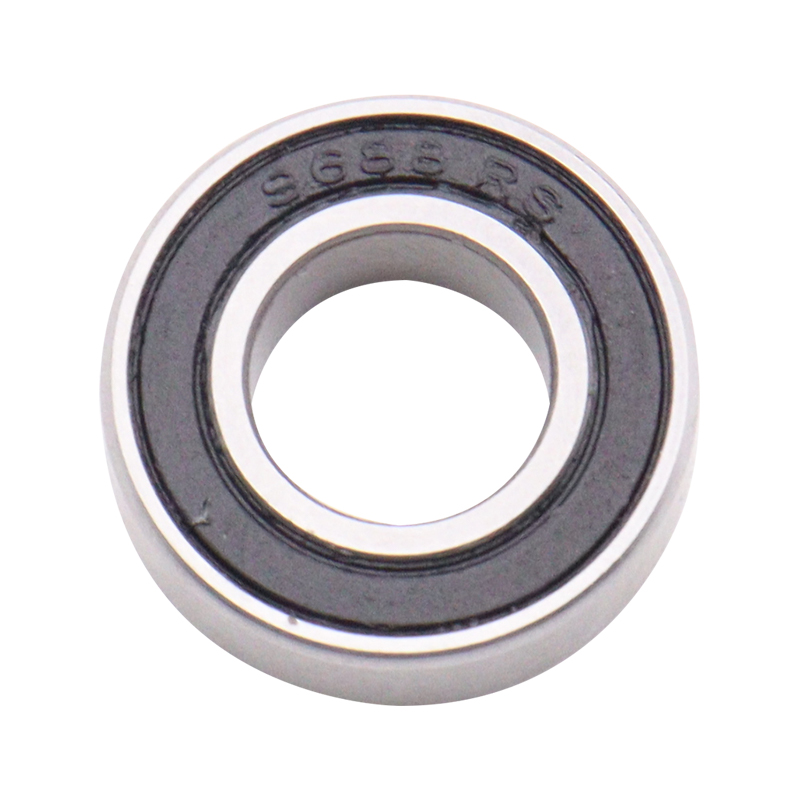
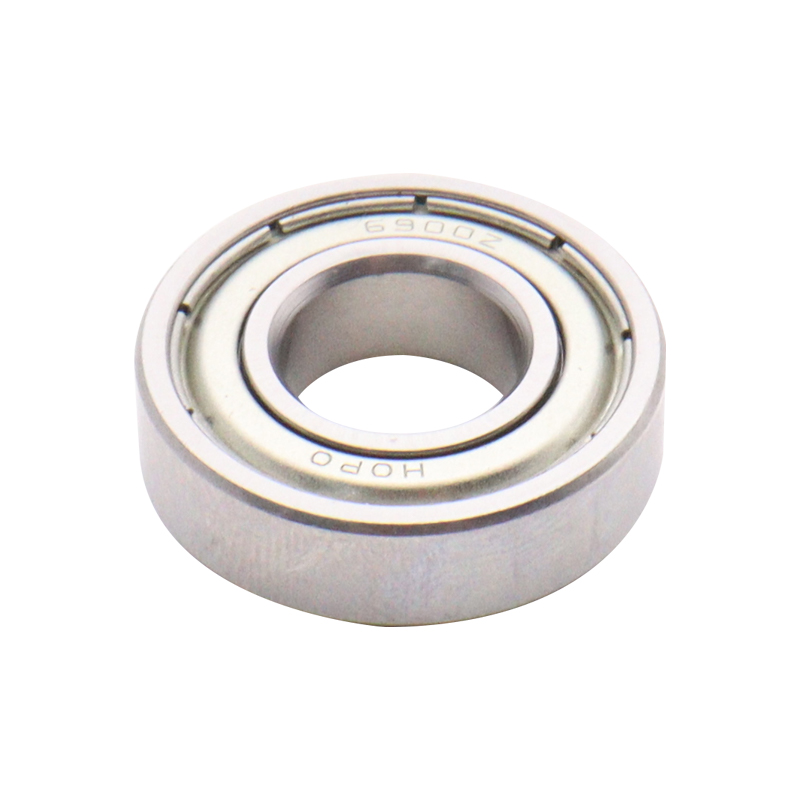
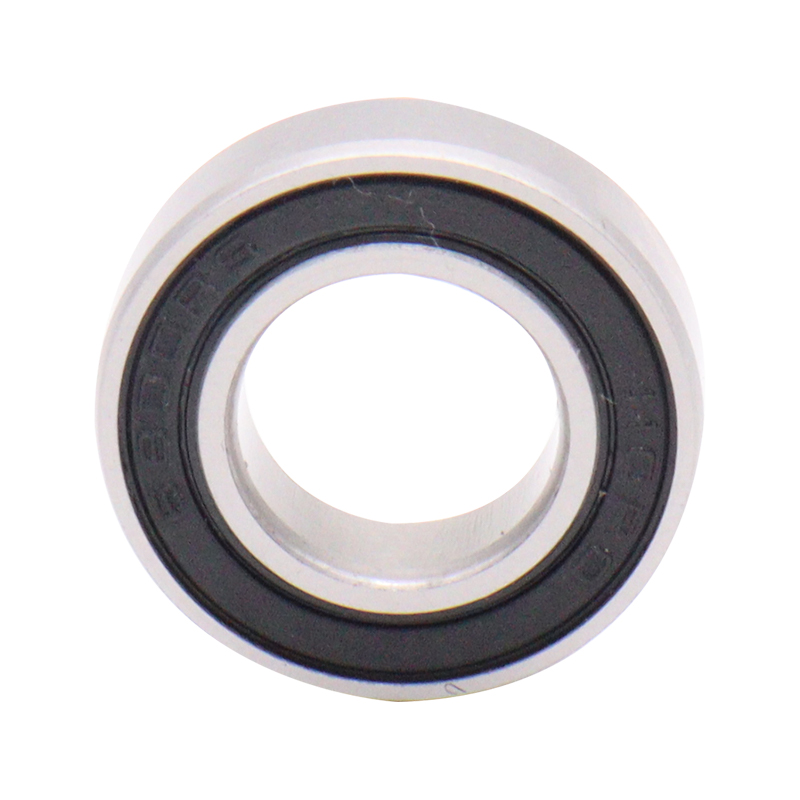

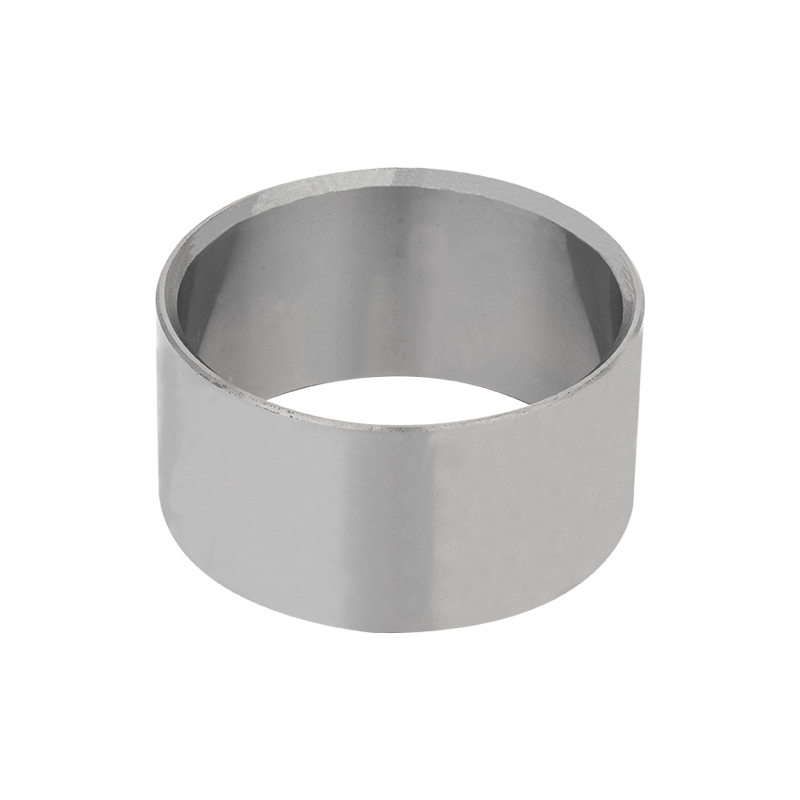


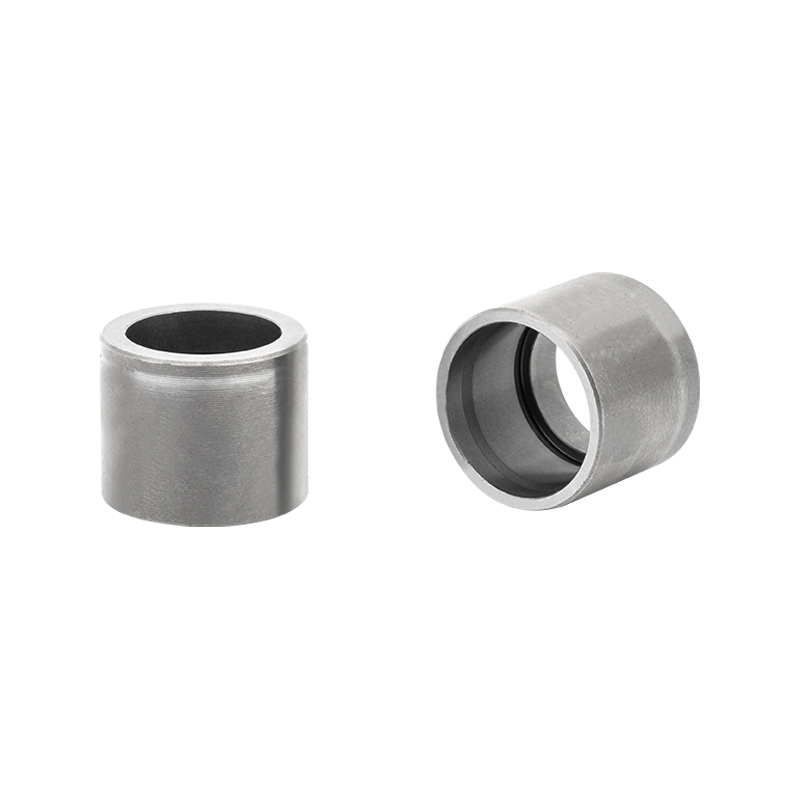
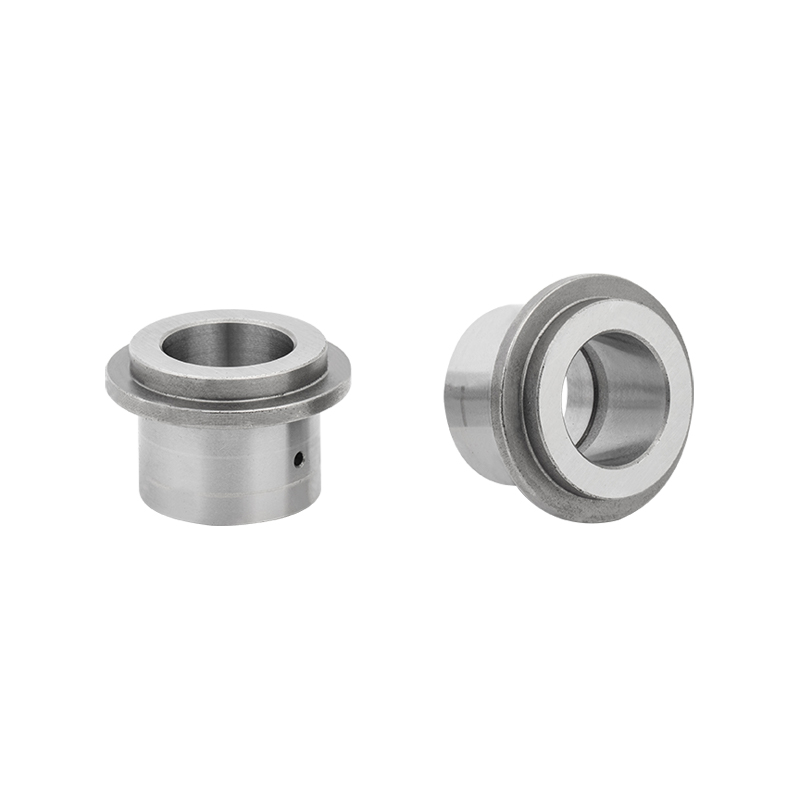

 Download Catalog
Download Catalog
